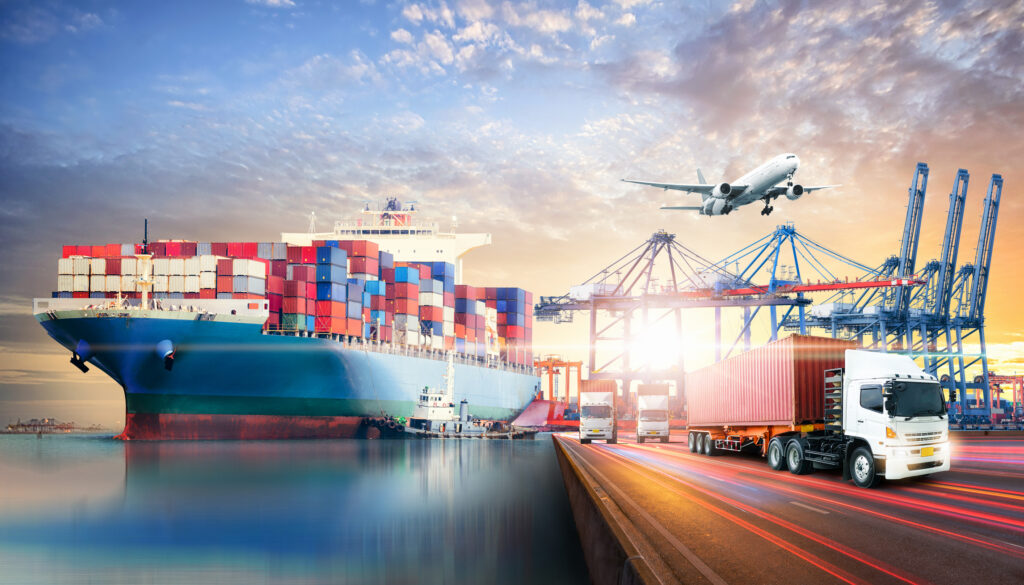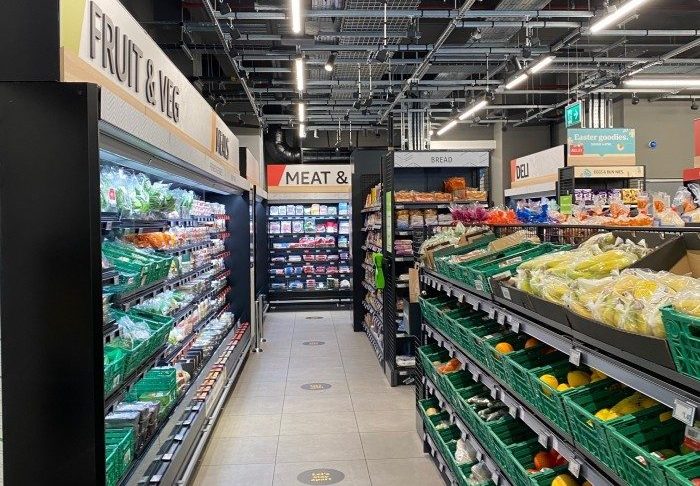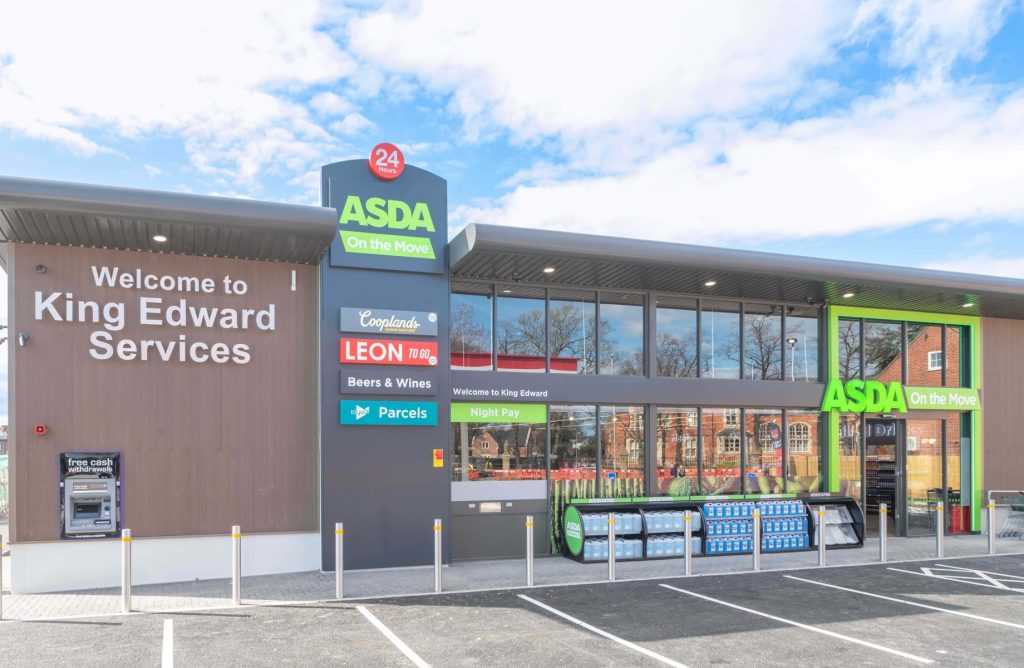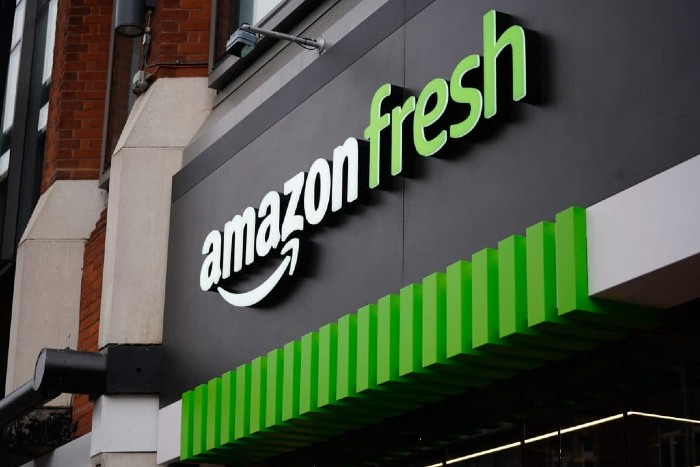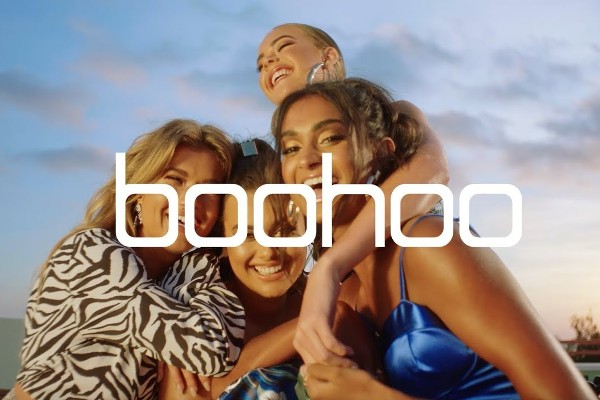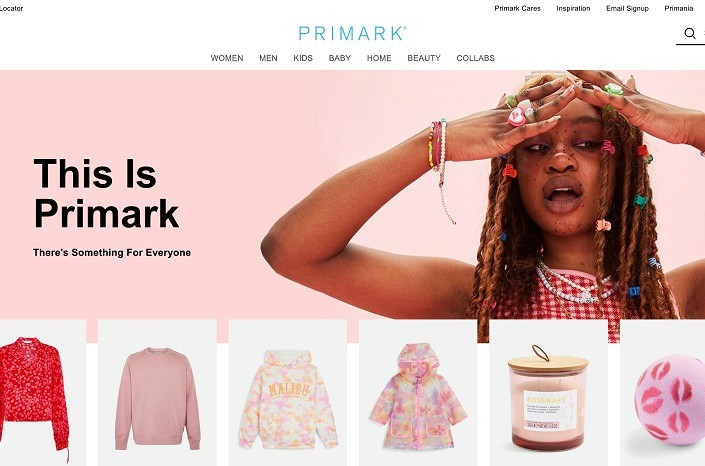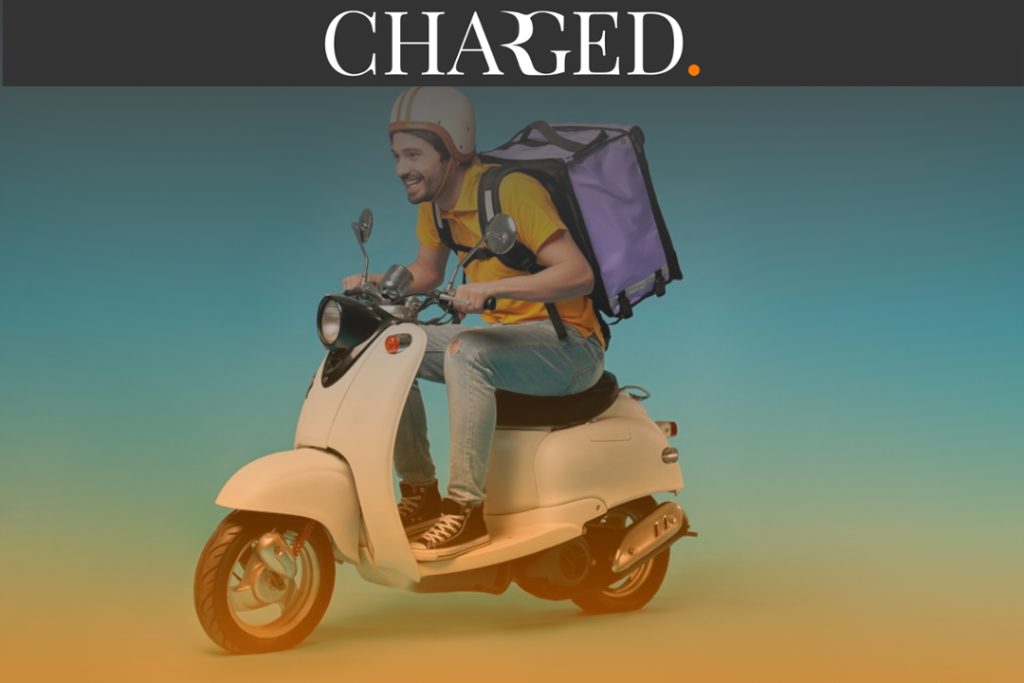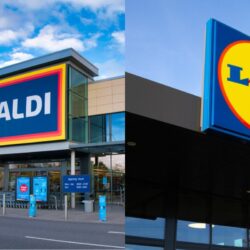At this point in Pokémon Go‘s meteoric rise, it‘s likely you‘re never more than a few yards from the nearest avid gamer as you commute to and from work. By making the experience entirely about where we are in the world, Niantic has developed a new way of gaming that has everyone from bedroom-dwelling teens to professional 30-somethings running around their local park.
From its impressive augmented reality capabilities to the design of the collectable creatures that take centre stage, plenty of factors explain Pokémon Go‘s success. For retailers though, there are a few crucial elements that they can learn from to harness the engagement of their own audience.
Game Boy Professionals
No, I don‘t mean professionals gamers. Rather, the working people who, if we go back 10 or 20 years, were the bedroom-dwelling teens mentioned earlier. These former Nintendo fanatics are now running the professional world, are mobile-savvy and continue their obsession with technology, which now offers them the chance to experience a fully online/offline immersive world.
Even for those who had never heard of Pokémon Go, the success of Uber and Tinder have unveiled a universal appetite for technologies that enhance our lives by providing services on-demand to particular locations. Whether we‘re looking for a car home or looking for love, these apps enable the online world to improve our real world lives based on our location.
Keep up to date with Retail Gazette by liking us on Facebook
When it comes to shopping, 89 per cent of us still prefer to buy in-store. It follows that where we go tells the retailer a lot more about our purchase intentions than say, engaging with a product ad online. Just as a player‘s location tells us about what character they are looking to catch, location insights allow brands to understand a person‘s context and proximity to points of interest which then influence their experiences and actions in the real world.
Crucially, retailers need to ensure these two worlds remain connected through the customer journey. Without being able to make the connection between someone who has searched for a new football, and their multiple visits to local Nike outlets, the retailer has no way of telling if the consumer is a big sports fan looking to replace their existing ball or is simply a parent trying to buy a birthday present.
Location is evolving
Already we‘re seeing Niantic develop ways for retailers to get in on the action. Pokestops and lure modules offer plenty of opportunity for brands to act as sponsors for the game. In return their physical stores are littered with collectable Pokémon.
The rapid uptake of lure modules has shown that location technology enables retailers to reach new audiences that may never have considered visiting their businesses otherwise. For instance, the L‘inizio Pizza Bar in New York, increased its walk-in business by 75 per cent and made national headlines in the process.
Although the app is demonstrating location technology‘s ability to drive visitation, a consumer driven into a store by the game might not be the target audience for that retailer. It‘s important for brands to look to location insights to understand consumers better too so that they can drive the right people to their store.
Despite the immediate opportunity to increase footfall, retailers shouldn‘t just jump on Pokémon Go as the perfect way to drive store visits. Instead, they should explore all the options location technology currently has to offer. With its ability to drive the right customer to a store, at the right time, brands can drive engagement and build long lasting, loyal relationships instead of just visitors who want to “catch ‘em all”.
Smart catching
While the technological ability to map locations has existed for some time, we‘ve already seen from incidents with over-eager players walking into police stations that awareness of how the technology works is still quite low.
This proves location targeting is only as good as the accuracy it can achieve – knowing whether a person is inside a store or just walking down a street is the difference between delivering something of value or something that irritates a consumer. What brands like BMW are now harnessing through xAd‘s blueprints technology is a level of precision that means they can be sure impressions are meaningful and made on the right audience.
In summary, retailers want to drive revenue by enticing customers into their store to buy their products or services. Location technology enables them to do this by providing intelligence about a customer based on where they go. Pokémon Go is demonstrating the ability for location to draw customers in when they have mapped incentives. Location is a goldmine of opportunity for the retail market; brands can use its intelligence smartly to understand a customer‘s intent and then provide the experience that customer needs to convert them to a sale.
By Theo Theodorou, MD of EMEA at xAd



